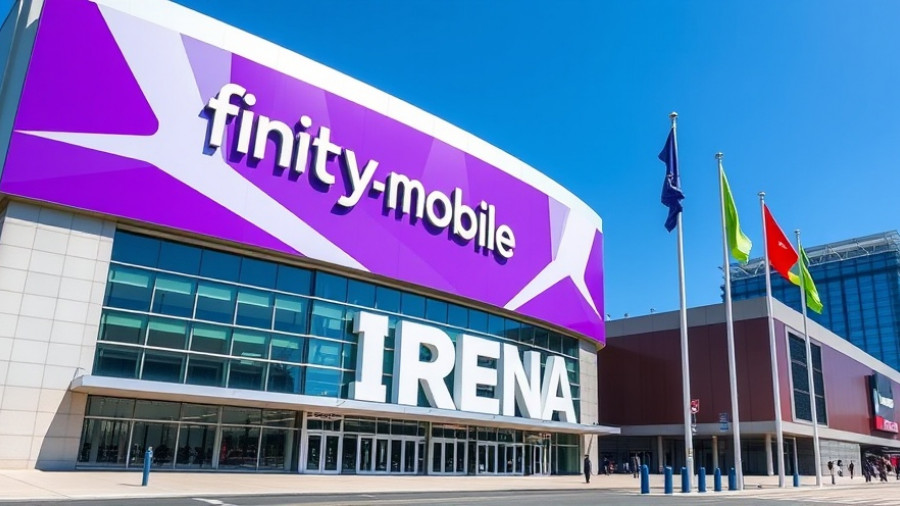
The Rolls-Royce of Transit: Illinois Takes the Wheel with Revolutionary $1.5B Plan
In a bold move that’s more than just a budget fix, Illinois lawmakers have struck an unprecedented deal to address the region’s urgent transit funding crisis. Gone are the days when transit agencies operated on borrowed time, riding a shaky financial rollercoaster run on scraps. The new $1.5 billion transit plan, approved on the early morning of October 31, does not just prop up failing systems; it dramatically reshapes the governance of public transit to make it safer, more reliable, and—dare I say—efficient.
Welcome to the National Passenger Rail Authority
Say goodbye to the Regional Transportation Authority (RTA), and greet the Northern Illinois Transit Authority (NITA)! This revitalized regulatory framework aims to streamline operations for the Chicago Transit Authority (CTA), Metra, and Pace under one governance roof. Yes, the legislative overhaul isn’t just financial—it’s transformational. Offering equal representation from various stakeholders, including city and suburban leaders, NITA is poised to introduce universal fare systems and coordinated schedules across agencies. This is a much-needed departure from fragmentation, allowing for smoother transit operations that mirror the desires of modern commuters.
Funding Resiliency: Where Will the Money Come From?
The plan marshals resources from unexpected places. With an influx of funds mostly from redirected sales tax and increased tolls, the plan aims to fill a projected $230 million deficit for 2026, which is expected to balloon to $834 million by 2027. About $860 million comes from taxes collected on fuel purchases—yes, drivers’ wallets are opening up for a cause. Additionally, a 0.25% hike in sales tax targeted to the Chicago area is expected to generate an additional $478 million.
This dual-funding strategy is a savvy way to raise necessary capital without imposing heavy statewide tax increases that would upset residents. Critics of the bill, particularly those from downstate regions, raise concerns over rerouting funds traditionally earmarked for highway maintenance toward public transit. However, supporters argue that this investment is essential for keeping vital public services running.
The Right Ingredients for Success
Efficiency isn’t merely about pipes and lines; it’s also about people. NITA promises to prioritize investments in customer service and safety measures crucial for enhancing public perceptions. A law enforcement task force will be created to manage issues of harassment and homelessness that degrade the transit experience. Such safety and comfort improvements are critical as ridership continues to rebound from pandemic lows. With projected budget cuts looming, ensuring that no one is left behind or forced to endure ‘transit hell’ is a noble pursuit.
What Does This Mean for You?
Clients in commercial construction should keep an eye on these developments, given their potential ripple effects on future projects. Improved transit infrastructure often means greater accessibility for workers, leading to increased employee engagement and retention. As construction firms ramp up their projects, reliable transit systems enable smoother project delivery timelines and mitigate risks associated with worker absenteeism and delays. No one wants to see a construction site go idle simply because employees couldn’t make it to work.
Looking Ahead: Sustainability and Community Development
This $1.5 billion plan isn’t just a band-aid; it lays groundwork for sustainable growth in Illinois. With the promise of zero-emission buses and state investment in aging infrastructure that includes bridge rehabilitations and modernized signal systems, this plan can also be seen as a commitment to green construction methods. Imagine a future where public transit not only works effectively but also contributes positively to the environment—an inspiring vision for clients and stakeholders aiming for sustainable practices in the construction and transit sectors.
Your Next Steps
This historic legislative shift opens doors to new opportunities within Illinois’ construction and design industries. With funding and oversight in place for long-term stability, stakeholders can plan projects with greater confidence. But remember, being proactive is key in adapting to these changes. It’s time to think about how your services can align with this future-focused transit infrastructure, thereby enhancing project outcomes. Let’s embrace this new era together and make sure we ride the wave of transformation.
 Add Row
Add Row  Add
Add 




Write A Comment